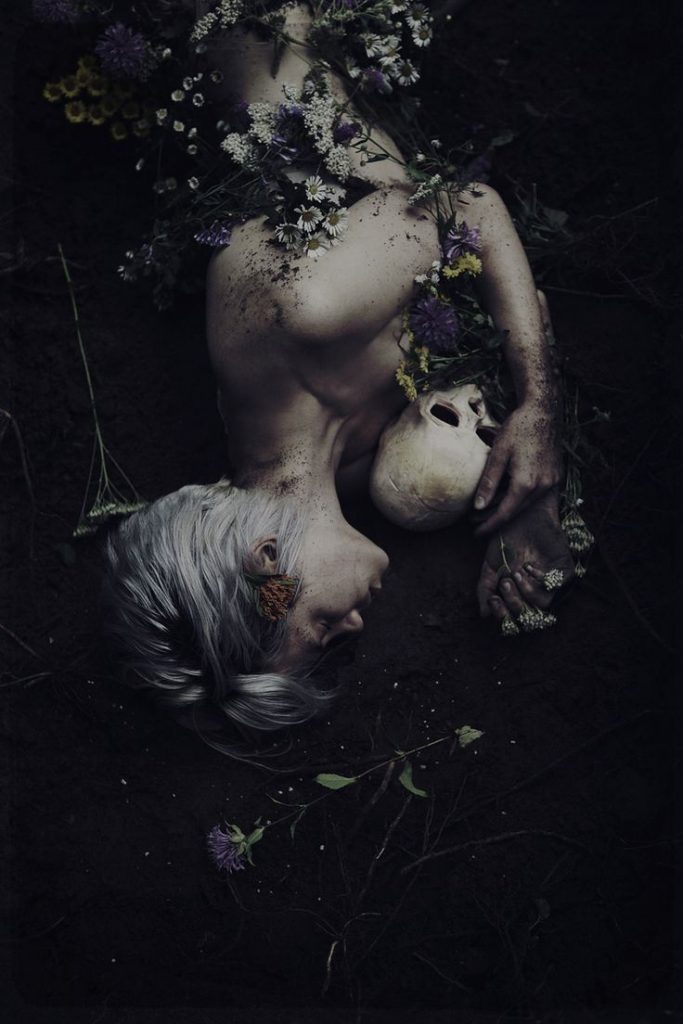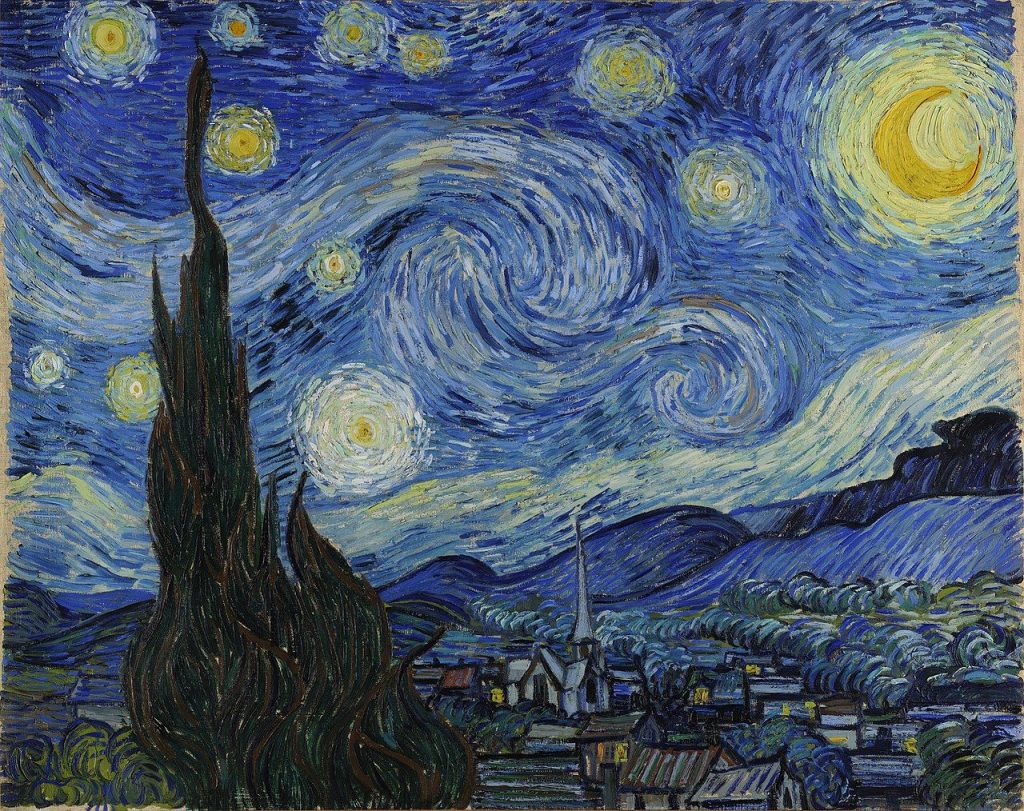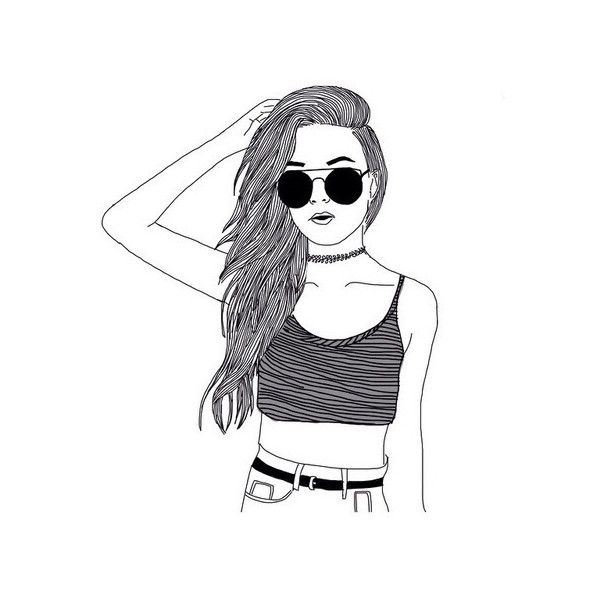PART E: You, the Critic of your work
No. 1
“About Me–The Girl with the Purple Soul”
Disclaimer: I am referring specifically to the poem posted in my About Me page, not the prose piece.
What is the TITLE and what is the significance of the TITLE?
***
“The Girl With The Purple Soul.” is a suiting title because I am The Girl with the Purple Soul. Thus, the title itself is irrevocably me and all I represent. That is what makes it significant–it is indicative of an honest portrayal of who I am as a person.
In 17 words summarize what your piece is about in terms of theme and what happens
***
Purple–a colour caught somewhere between blue (my coldness) and red (my fire)–epitomizes my extremities.
What was your purpose and audience for your piece?
***
Before taking creative writing this semester, and for the two and a half years I’ve had this blog, I had failed to fully explain the significance of my blog title to both myself and my readers. In the past, all I knew was that it felt right to call myself The Girl with the Purple Soul. The purpose of this piece was to finally uncover why it felt right. Not only was my audience able to get to know me better through this poem, but I was able to get to know me better through this poem–I was able to better understand my every contradiction and mannerism.
What/who influenced the creation of your written product?
***
When I first started my poetry series’ “Inferno” and “Tundra”, I began to recall that any images pertaining to fire are often symbolized by the colour red and that any images pertaining to ice are often symbolized by the colour blue. This recollection made common knowledge–the fact that red and blue, when mixed, form purple–as well as the title of my blog all the more meaningful; that is, purple is created by mixing a warm colour and a cool colour–two opposites, and therefore, two extremes. Thus, if I had a purple soul, it only made sense that I, too, would be a woman of great extremity.
Discuss the craft/ style decisions you made, provide examples
Parentheses: I used parentheses unconventionally within this piece. Usually, parentheses are used to enclose additional–but typically unnecessary– information. In the case of my poem, however, the information enclosed within parentheses usually entailed imperative detail. This speaks to the paradoxical nature of the relationships between the extremities I describe, which oppose each other, and are, thus, contradictory forces. Similarly, the use of parentheses in the context of this poem contradicts the conventionally accepted purpose they hold.
Here is an example: Poetry personified–/counting syllables/instead of counting sheep/(a spoonful of codeine/to wash down the tears)./Words engraved into flesh/(wearing sadness like it’s/crushed velvet–lovely);/these ink-stained wrists/(or is that blood?)
~
Colour: Blue and red–both my coldness and my fire–create purple, which represents the extremities of my character, behaviour and personality. Then there is also the fact that my name is Jade, which is a shade of green. Because I reference all four of these colours–blue, red, purple, and green–I thought it necessary to visually portray them.
Here is an example: Purple./The colour/of bruised knees/(pain)/and lips begging/for oxygen/(breathlessness)./A hue/caught somewhere/between blue and red/(two extremes).
~
Strikethroughs: I utilized strikethroughs in order to represent the discrepancies between who I am perceived to be by others and what I perceive myself to be. It is a visual representation of the whole appearance versus reality debate.
Here is an example: A reflection in the mirror/(glass shatters,/pupils collapse in on themselves)./̶B̶e̶a̶u̶t̶i̶f̶u̶l̶/(Please,/take away this body!)
Discuss your process for experimentation, revision, and feedback and any epiphanies you achieved
***
Experimentation: I experimented with a grand variety of ideas pertaining to my own extremities. The following italicized statements are reflective of my experimentative thought process:
Where does the blue–the coldness–exist in your own life?…misery; brokenness; the colour of water, which is indicative of your obsession with Ophelia and the way she drowned…Where does the red–the fire–exist in your own life?…;anger; passion; flirting with flame–with destruction…And that is precisely it–this soul is destructive, and the casualties–those that have catalyzed and prolonged your sadness–are great.
~
Revision: My revision process was a meticulous one. I read my piece out loud multiple times so as to catch any GUMPY errors. And I say “meticulous” because, as my Edublogs editing screen informed me, I edited this poem 53 times before finally publishing it.
~
Feedback: In terms of feedback itself, I did not receive any “grows” pre-publishing or post-publishing. This was somewhat frustrating because I am always willing to improve my work, and sometimes it helps to have another writer point out areas of improvement that I would not be able to recognize otherwise.
~
Epiphanies: The motifs–those associated with extremity– of this poem have inspired the theme of the poetry anthology I hope to one day publish. The poetry anthology itself will be called “The Girl with the Purple Soul” and, in it, I will further explore the “blue”, the “red”, and the “purple” that my being–heart, mind, body, soul–is comprised of.
Any final thoughts about this piece?
***
I have had a different “About Me” every year for the past two and a half years. However, “The Girl with the Purple Soul” is the “About Me” that I will always be the proudest of because it so innately Jade.
No. 2
“Art Imitates Sadness”
Disclaimer: I had to take this poem off my blog when I submitted it to the CBC Poetry Contest, due to a copyright agreement. However, I would still like to discuss it.
What is the TITLE and what is the significance of the TITLE?
***
This poem is entitled “Art Imitates Sadness.”
Both Van Gogh and I have portrayed our sorrows through art–him through his paintings; me through my poetry. Therefore, art imitates sadness because it is sadness that inspired us both to create. The fact that the word “art” is in the title is also  suiting, considering the poem itself is an ekphrasis of Starry Night.
suiting, considering the poem itself is an ekphrasis of Starry Night.
In 17 words summarize what your piece is about in terms of theme and what happens
***
Because Van Gogh and I share a soul, it’s my duty to immortalize our sadness through poetry.
What was your purpose and audience for your piece?
***
The purpose of this ekphrasis was to foster a personal connection between Van Gogh’s art and my art, between his soul and my soul. I really didn’t have an intended audience per se; what I mean is, I didn’t write “Art Imitates Sadness” with the intention of entertaining or pleasing a specific demographic. I posted it on my blog because a) I needed a free choice piece for April 😉 and b) my blog is my own personal, creative space where I keep a repertoire of all my poetic musings.
What/who influenced the creation of your written product?
***
As I have said, it was Claire Beaney’s own ekphrasis that inspired “Art Imitates Sadness” as well as the prospect of poetically representing Van Gogh’s words, “The sadness will last forever”.
Discuss the craft/ style decisions you made, provide examples
***
Vivid Imagery: In order to write an ekphrasis, it is imperative for the writer to describe what is happening in the painting. To do this, it is often necessary to vividly describe the images present within the painting so as to enable the imagination of the readers. For example, in my own ekphrasis, I described the “acrylic blues and buttery yellows/thick enough to drown in” from Starry Night.
~
Shades of Black and Grey: Because I consider myself to be a reincarnation of Van Gogh, and since this piece is meant to represent a work of art, I decided to visually portray the significance of the word “reincarnation” by formatting it as follows: reincarnation.
~
Dialogue: I wanted to capture the voice of myself but also the voice of Van Gogh; this is why I told a story in which the spirit of Van Gogh spoke to me directly, declaring that I must immortalize the sadness we both share–“That stars shall surely/live on through your/ Poetry./You mustn’t forget this;/art has always had a way/of imitating sadness./And this sadness shall/must/last forever.”
Discuss your process for experimentation, revision, and feedback and any epiphanies you achieved
***
Experimentation: All experimentation took place primarily during my planning stage, in which I brainstormed different ideas and phrases in my journal such as, “One-eared symphony,” “Ekphrastic soul,” “Swallowing these stars like they are pills,” “Are those brush strokes or scars?” etc. Of course, most of the thoughts I barfed out during my brainstorming session actually made it into the final draft of the poem.
Revision: The revision process for “Art Imitates Sadness” was not nearly as intense as the revision process for the “The Girl with the Purple Soul” most likely because the former was a much shorter piece than the latter. Don’t get me wrong, I still looked “Art Imitates Sadness” over and read it out loud, just as excessively as I had with “The Girl with the Purple Soul.”
Feedback: Again, I did not receive any critical feedback pre-publishing or post-publishing. Although, I received many “glows” post-publishing, despite my fears that “Art Imitates Sadness” would come across as seeming mediocre.
Although if there is one thing I could change, I would add colour to the font, especially for the lines that describe the “acrylic blues and buttery yellows” By doing so, I feel as though I would be able to further reiterate the connections my poem has to the images of Starry Night itself.
Epiphanies: The piece as a whole was spurred on by epiphany—the revelation that an eighteen-year-old poetess shared many a similarity with a dead artist.
Any final thoughts about this piece?
***
I can only hope that I have done Vincent Van Gogh proud.
This poem is for you, Van Gogh–a homage, a musing dedicated to your brilliance and your ekphrastic soul.
Simply click on a given image to access the site from which it was originally obtained. 🙂



